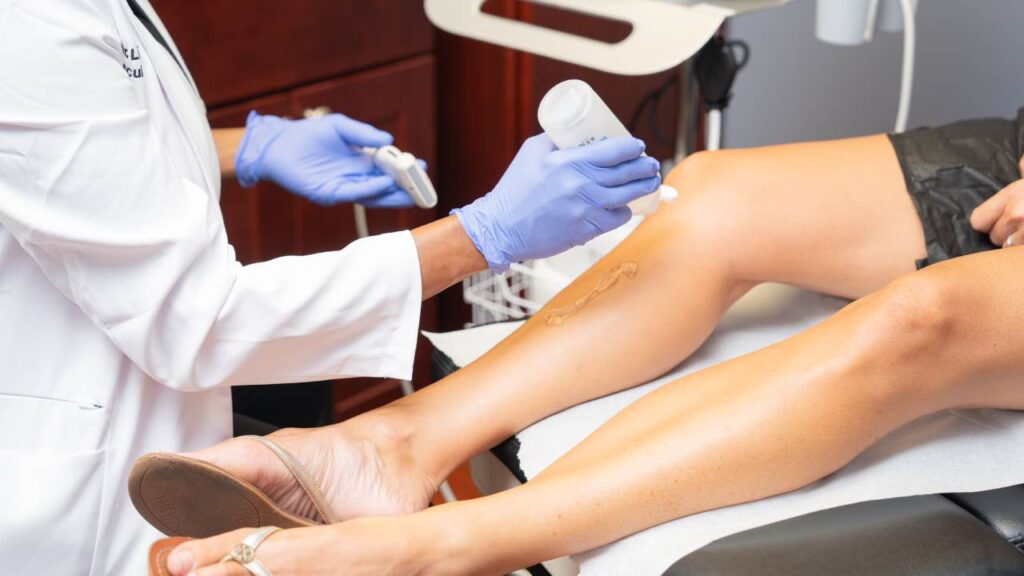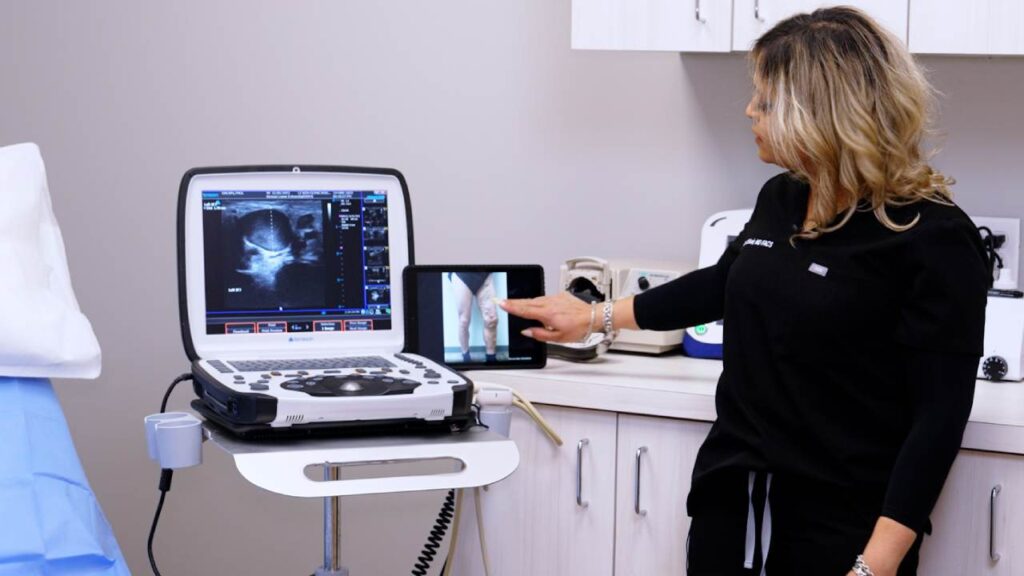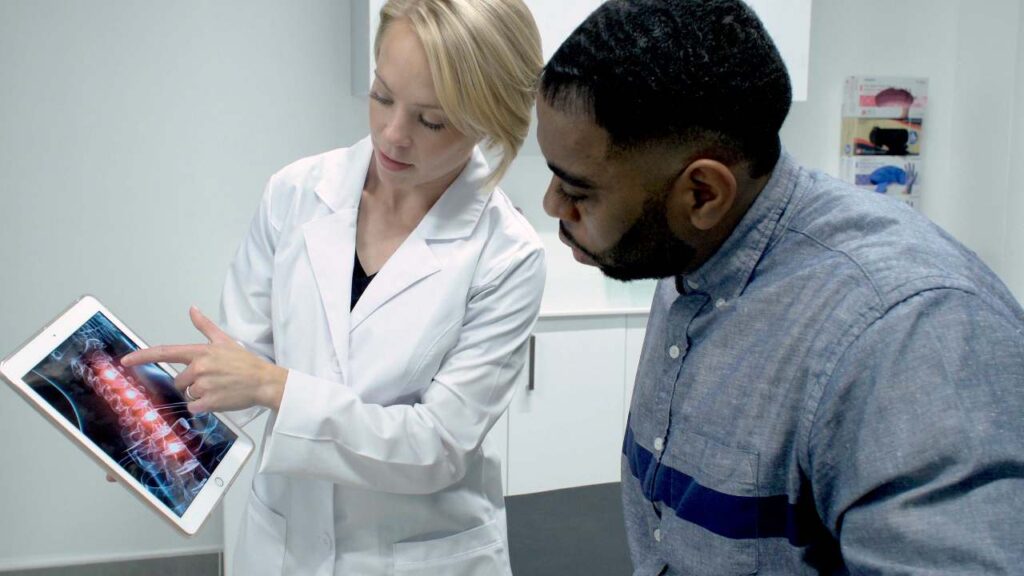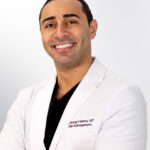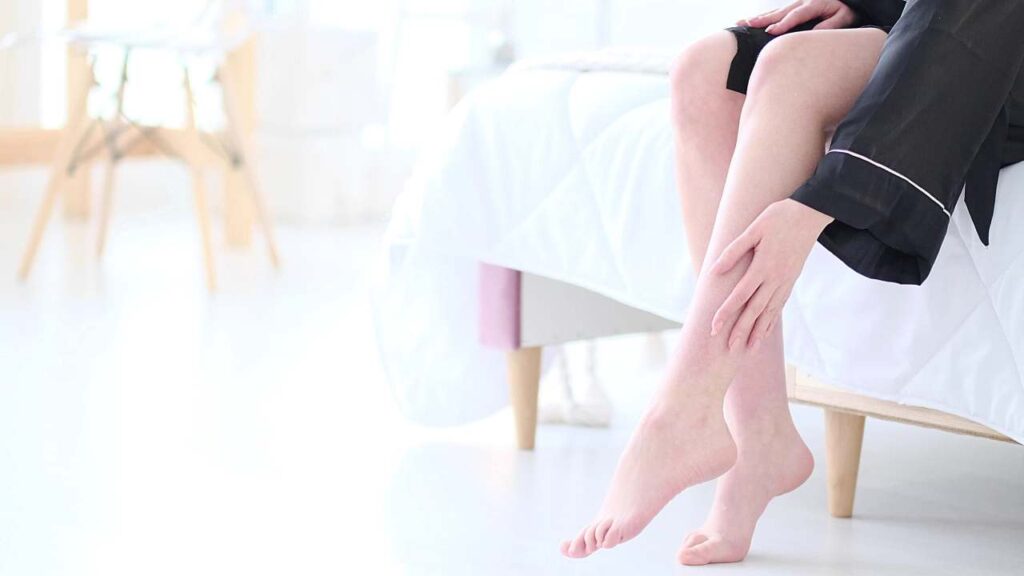Step 1: Request hassle-free insurance verification
We can’t speak for all vein clinics in New Jersey — all of them have unique steps and measures for vein treatments. We can only speak for the vein clinics affiliated with VIP Medical Group. Currently, there are three such state-of-the-art vein clinics in New Jersey — they’re located in Clifton, Paramus, and Woodland Park.
When working with VIP Medical Group, you can request hassle-free insurance verification before your appointment. You have to simply enter your first name, last name, email address, phone number, and vein clinic location in the designated spot on the website. This will allow you to check your insurance coverage options.
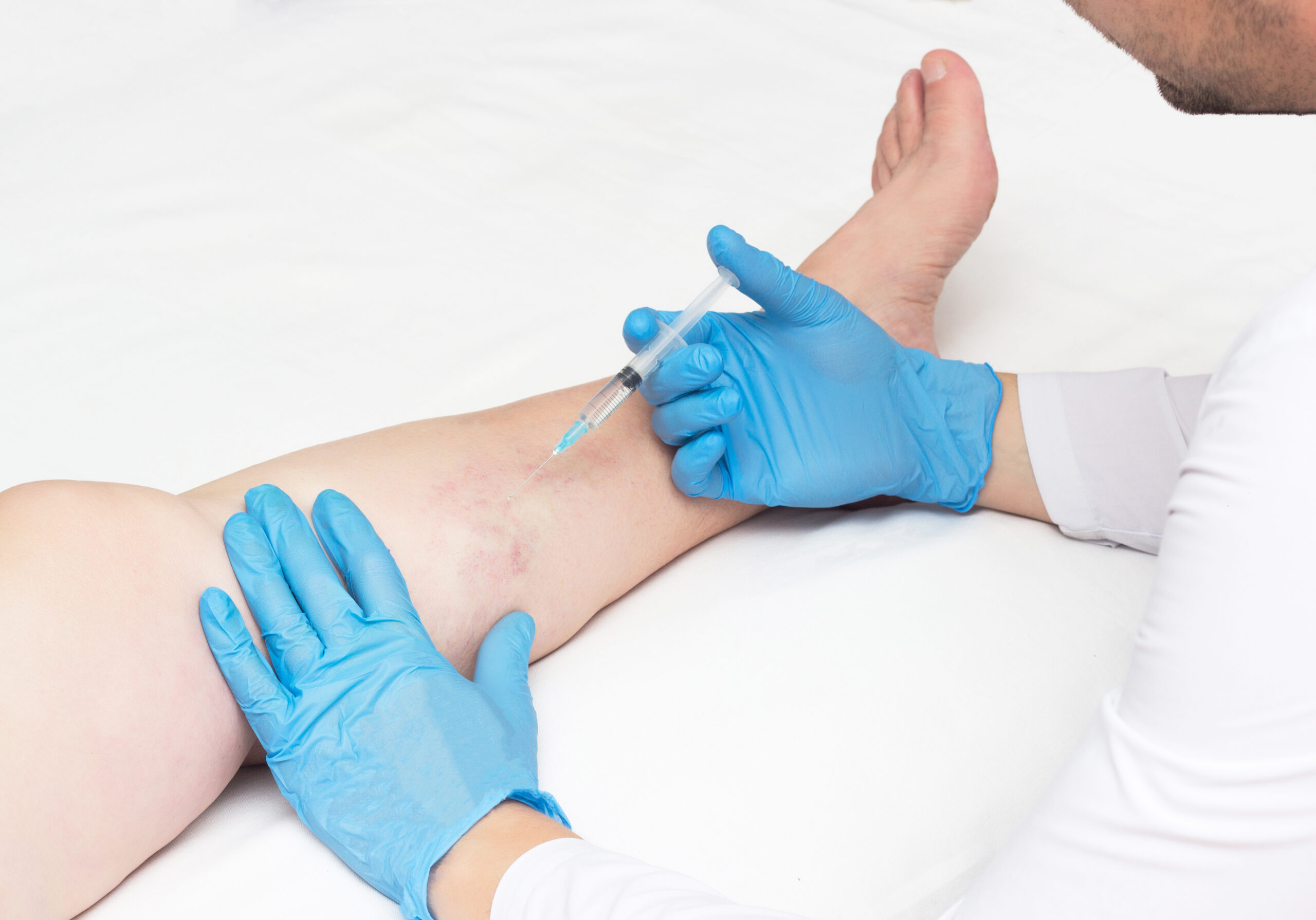
Furthermore, we also assign an insurance concierge to all potential patients. The insurance concierge will ask for your details, contact the insurance providers on your behalf, and generally advocate for you. We actively work to minimize your out-of-pocket financial burden while maximizing your insurance coverage. We also accept all major insurance plans.
Step 2: Consultation and physical examination
Now that you’ve requested hassle-free insurance verification, it’s time for your appointment. When you reach our vein clinic for your appointment, you’ll be asked to fill out a standard form. You’ll need to disclose a few important details, such as your medical history and symptoms. This will ensure your consultation goes smoothly, giving the vein doctor all the necessary information.
During your initial consultation, the vein doctor will review your medical history and ask about your symptoms. Leg heaviness, restless leg syndrome, frequent leg cramps, and exhaustion may seem like benign problems, but they can often indicate chronic venous insufficiency. The vein doctor will also look for spider veins and varicose veins on your legs.
Step 3: Ultrasound scans and diagnosis
After the consultation, the vein doctor might schedule an ultrasound scan, known as a Doppler ultrasound test. The vein doctor will use an ultrasound device to visualize the blood flow in your leg veins. Backward blood circulation and the accumulation of blood in leg veins are prominent signs of chronic venous insufficiency, the root cause of most vein problems.
Chronic venous insufficiency is a circulatory disorder wherein your vein valves collapse or malfunction. In healthy veins, the valves act as one-way doors to facilitate blood circulation towards the heart, preventing backward blood flow. When your valves malfunction, blood accumulates in leg veins, leading to spider veins, varicose veins, and other problems.
Diagnosing chronic venous insufficiency is an essential part of your vein treatment. Treating spider veins and varicose veins without addressing the root cause is a wasted effort — it’s like painting over a stained wall instead of fixing the leaky pipes underneath. The spider veins and varicose veins will keep returning until the root cause is addressed.
Step 4: Personalized treatment plan
After your diagnosis, the vein doctor will curate a personalized vein treatment plan. Your vein treatment plan will be based on your diagnosis, symptoms, medical history, the risk of allergic reactions, cosmetic goals, budget concerns, and insurance coverage options. The vein doctor will also discuss all of your options, helping you make the correct decision for you.
Step 5: Primary vein treatment for chronic venous insufficiency
The primary vein treatment aims to treat chronic venous insufficiency, the root cause of most vein problems. At this stage, the vein doctor may use multiple techniques to destroy or neutralize the diseased saphenous vein responsible for your vein problems. That will liberate the accumulated blood, facilitating optimal blood circulation to the heart.
The following are the best minimally invasive treatments for vein disease:
- Radiofrequency Ablation: The vein doctor makes a small incision on the skin’s surface to insert a catheter into the diseased vein under ultrasound guidance. The catheter generates radiofrequency energy to destroy the diseased vein, rerouting the accumulated blood into healthier leg veins.
- Endovenous Laser Ablation: The vein doctor makes a small incision on the skin’s surface to insert a catheter into the diseased vein under ultrasound guidance. The laser fiber generates laser energy to collapse the affected vein, restoring optimal blood circulation into healthier leg veins.
- VenaSeal: The vein doctor injects a medical-grade, FDA-approved adhesive into the diseased saphenous vein under ultrasound guidance. The vein glue seals the diseased vein’s walls, turning it into a hardened tissue eventually absorbed by the body.
Step 6: Cosmetic vein treatment for spider veins and varicose veins
The primary vein treatment addresses the root cause of your vein problems, but it doesn’t necessarily remove the visible spider veins and varicose veins from the skin’s surface. That’s why the primary vein treatment is usually followed by cosmetic treatments for spider veins and varicose veins. The sole aim here is to improve your legs’ cosmetic appearance.
The following are the best minimally invasive treatments for spider veins and varicose veins:
- Ambulatory Phlebectomy: The vein doctor makes small incisions on the skin’s surface to physically extract the superficial varicose veins. The incision marks gradually heal into scars that eventually fade away from the skin.
- Sclerotherapy: The vein specialist injects a medicine called a sclerosant into the spider veins. The sclerosant solution fuses the spider veins’ walls, turning them into hardened scar tissues eventually absorbed by the body.
Step 7: Discussion of recovery and aftercare
After the vein treatment, the vein doctor will provide an overview of your aftercare guidelines. You’ll have to wear compression stockings for a few weeks and avoid strenuous workouts for a few days. However, you can resume most of your daily activities and work immediately — there’s no social or professional downtime.

